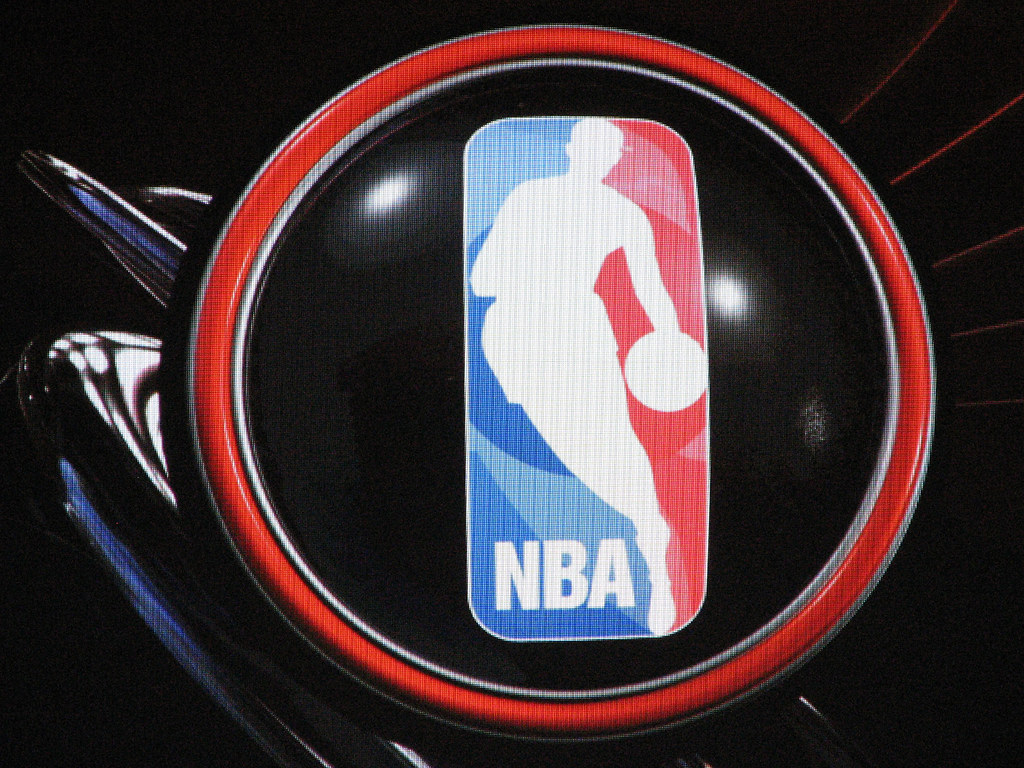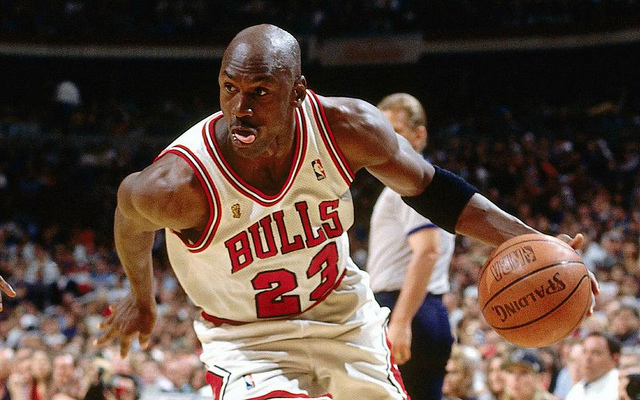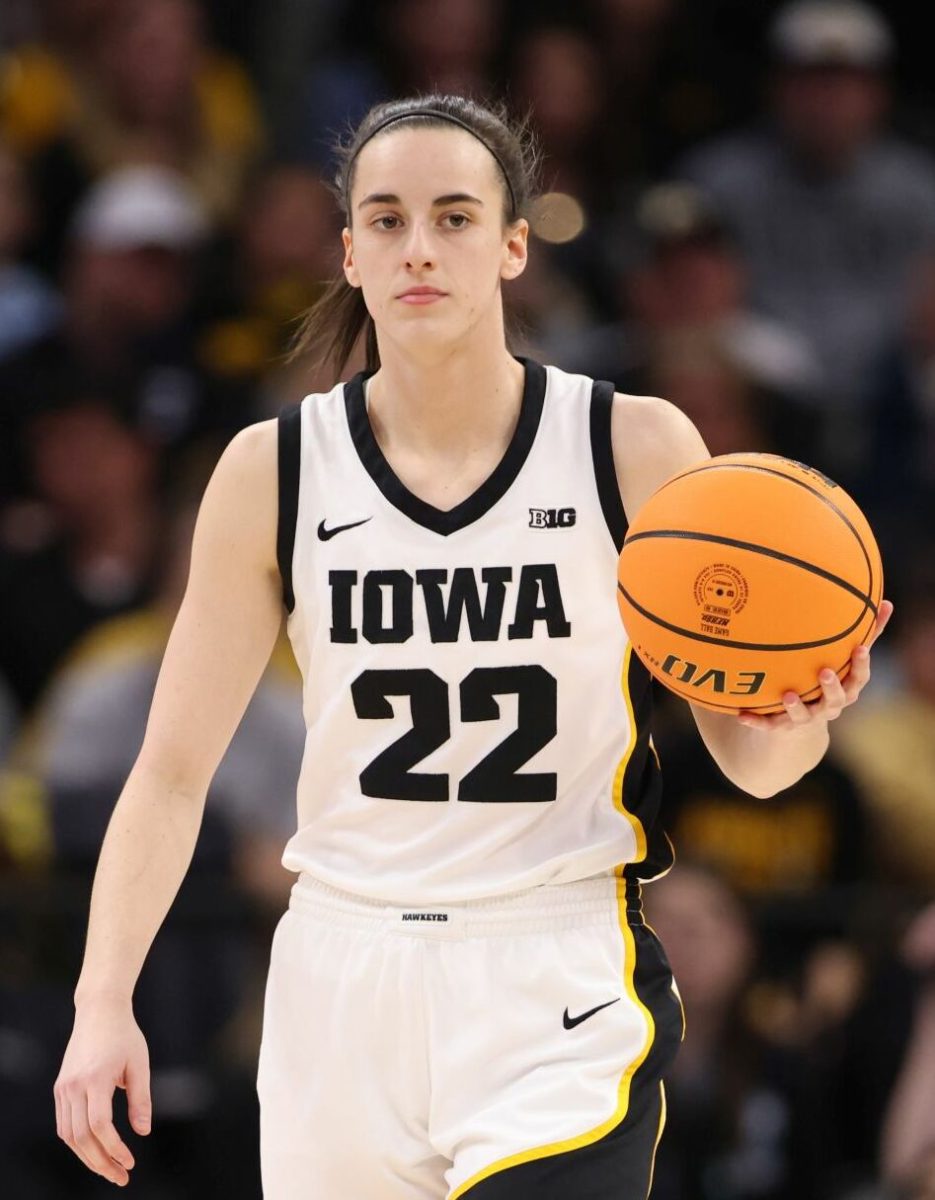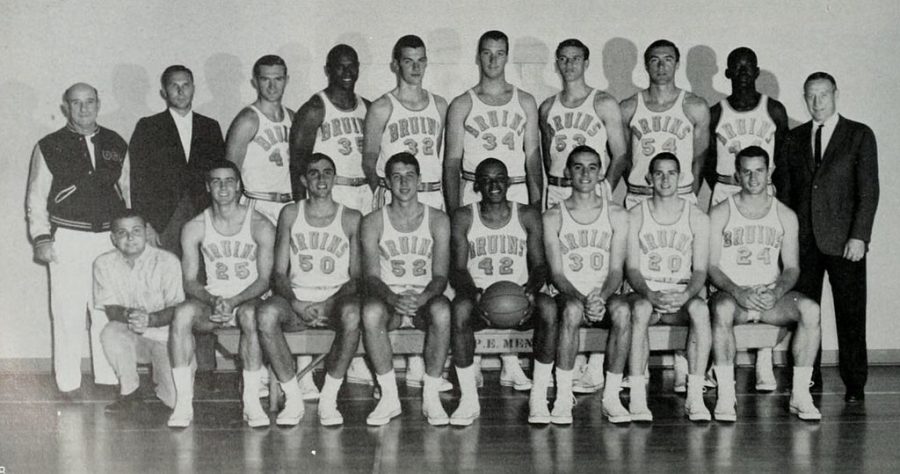In the 1969 NBA Finals an aging Boston Celtics team was going for its 11th NBA title in 13 years. Five of those rings against Hall of Famer Jerry West and the Lakers, who had yet to win a championship since relocating. However, this time the Lakers were joined by Wilt Chamberlain to compliment an improving Jerry West.
The Lakers’ 120-118 win in game 1 was led by West as he set a record for most points in an NBA Finals game. The Celtics kept the game competitive with Russell grabbing 27 rebounds and John Havlicek leading the team with 37 points.
The game was competitive throughout the whole night and the lead changed a total of 27 times. The game was tied 14 times and both teams took 100 shots each. Five players on each team scored more than 10 points, but Jerry West’s 53 were the story of the night.
On the way to the finals, West was double teamed by both the San Francisco Warriors and the Atlanta Hawks. The Celtics’ approach was to guard him one-on-one. This gave West room to move and dominate the Celtics aging defense.
The addition of Wilt Chamberlain made his life much easier. L.A would isolate West one-on-one then watch as he beat his man and cut to the basket unfazed by the presence of Bill Russell.
The Lakers had never won the first game in any playoff series against the Celtics. The Celtics kept the game close in spite of West’s performance.
One reminder from the night was that West still was the lead man even with Chamberlain on the roster. That fact had been overlooked in the build-up for the clash between Russell and Chamberlain.
West’s struggle to win a championship had become a struggle for the entire city of Los Angeles. He was way too good a player not to win one. Thanks to his performance in game 1, Mr. Clutch was three games away from making everyone happy.
At the end of the 1969 season, commissioner Walter Kennedy decided on a new logo. The old logo was bland with the letters “NBA” printed. Kennedy wanted something like the logo that Major League Baseball had for its 100th anniversary, the picture of batter ready to hit a baseball with a blue and red background.
Alan Siegel, who contributed to the MLB project, had started his own company. He used a picture of West as the logo for the NBA.










